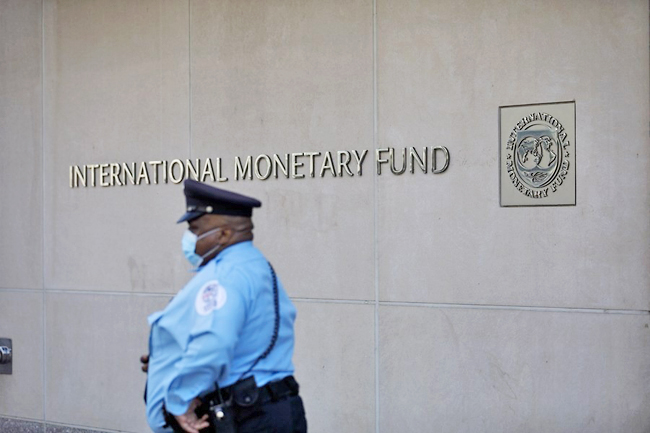AFP – Global public debt is expected to reach a record USD100 trillion this year, the International Monetary Fund (IMF) said yesterday, warning that the fiscal outlook for many countries may be even “worse than expected”.
In its latest report on fiscal policy, the IMF said it expects global public debt to hit 93 per cent of global gross domestic product (GDP) this year, and to approach 100 per cent of GDP by 2030 – 10 percentage points higher than in 2019, before the Covid-19 pandemic hit.
“Global public debt is very high,” deputy director of the IMF’s Fiscal Affairs Department Era Dabla-Norris told reporters ahead of the report’s publication.
“There are very good reasons to believe that the debt burden – or the debt outlook – could be worse than expected,” she said, pointing to current spending pressures to address issues like climate change, overly-optimistic debt projections, and the possibility of large amounts of unidentified debt.
“So the bottom line is that it’s time for countries to get their fiscal house in order,” she said.
The IMF report introduced a new “debt-at-risk” approach to assessing the risks to debt projections.
It estimated that, in a worst-case scenario, global public debt could hit 115 per cent of GDP by 2026 – almost 20 percentage points higher than the Fund’s baseline estimate.
The report found that “global factors increasingly drive the fluctuations in government borrowing costs across countries,” suggesting that elevated levels of debt in key countries could “increase the volatility of sovereign yields and debt risks” for others. Moderating inflation and interest rate cuts in many economies meant now was an “opportune” time for countries to rebuild their fiscal buffers, the IMF said, adding that they were “better placed” than before to absorb the effect of fiscal tightening.
The size of the fiscal adjustment needed to bring global public debt back under control was between three and 4.5 per cent of GDP, on average, the IMF said – almost twice the size of past adjustments.




















































